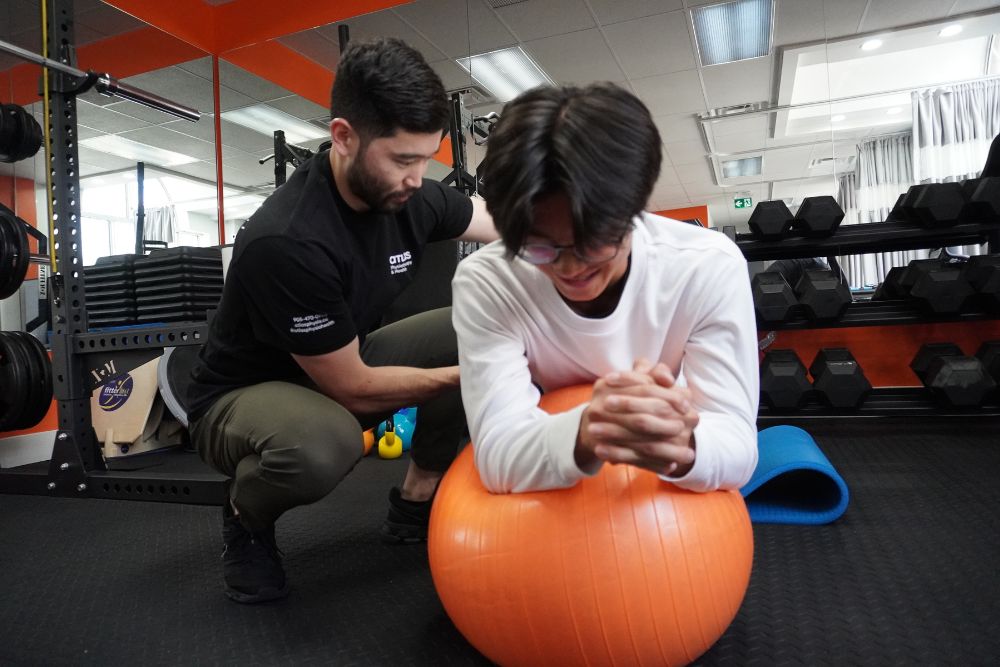Strength and conditioning play important roles in enhancing physical well-being and performance – but what exactly do they mean?
Whether you’re an athlete striving for peak performance or someone looking to improve their overall fitness, understanding these concepts is key.
Keep reading to learn more about strength and conditioning and how they work together to create a healthier you!
What is Strengthening?
Strengthening refers to activities designed to increase muscle strength. This is typically done through resistance training.
Resistance training involves exerting force against resistance. This includes things like weights or resistance bands that challenge and stimulate muscle growth.
The goal is not just to build bulk but to enhance the muscle’s ability to generate force. This promotes functional strength and reduces the risk of injury.
What is Conditioning?
Conditioning, on the other hand, focuses on improving cardiovascular fitness, endurance, and overall stamina.
It involves activities like running, cycling, and aerobic exercises that raise heart rate and increase lung capacity.
Conditioning enhances the body’s ability to efficiently transport oxygen and nutrients to working muscles, contributing to better overall physical performance.
How They Work Together
Strengthening and conditioning are not mutually exclusive – they complement each other!
While strengthening builds muscle power, conditioning ensures the cardiovascular system can support sustained physical activity.
Together, they create a well-rounded fitness foundation. This can help improve overall athleticism and reduce the risk of imbalances or overuse injuries.
Strength and Conditioning Exercises
A variety of exercises contribute to effective strength and conditioning programs.
Resistance training exercises, like squats and deadlifts, fall under the strengthening category. Activities like running and high-intensity interval training (HIIT) contribute to conditioning.
Here are some more examples:
Strengthening Exercises:
- Squats
- Deadlifts
- Bench Press
- Lunges
- Bicep Curls
- Lat Pulldowns
- Push-Ups
- Planks
Conditioning Exercises:
- Running (Sprints or Long-Distance)
- Cycling
- Jump Rope
- High-Intensity Interval Training (HIIT)
- Rowing
- Swimming
- Aerobic Dance
- Box Jumps
A balanced approach that includes both types of exercises into a workout routine can improve performance. It can also promote injury prevention and enhance overall fitness.
Strength and Conditioning Coaching
Professional guidance can significantly boost the effectiveness of your strength and conditioning efforts.
A certified strength and conditioning coach can provide personalized workout plans, monitor progress, and ensure proper technique.
Physiotherapists who also specialize in strength and conditioning can bring a unique perspective to your fitness journey. They take into consideration your fitness goals and also any underlying physical conditions or injuries.
The expertise of a physiotherapist can make a significant difference in achieving your fitness goals safely and effectively.
Having a tailored approach maximizes results while minimizing the risk of injury, making the journey to improved fitness more efficient and enjoyable.
Contact Atlas Physiotherapy for Strength and Conditioning Support
Atlas Physiotherapy offers expert strength and conditioning support to help you achieve your fitness goals.
Our experienced physiotherapists can design customized training programs that focus on your unique needs, goals, and fitness level.
We are dedicated to supporting you on your journey to a stronger and healthier lifestyle.
Contact Atlas Physiotherapy for more information about our personalized physiotherapy services.


















